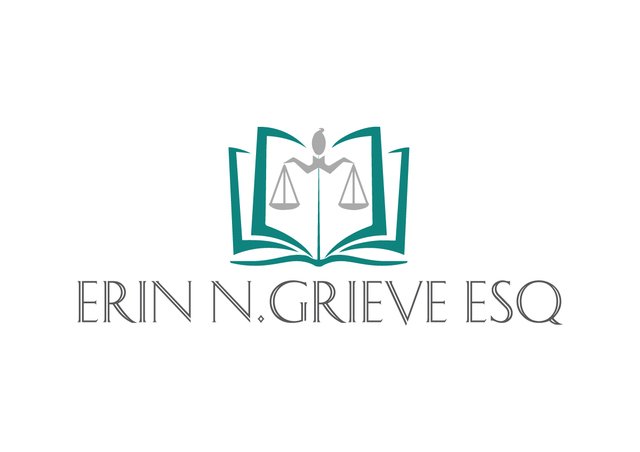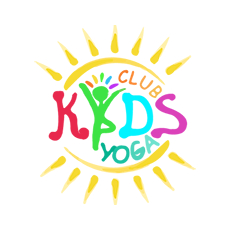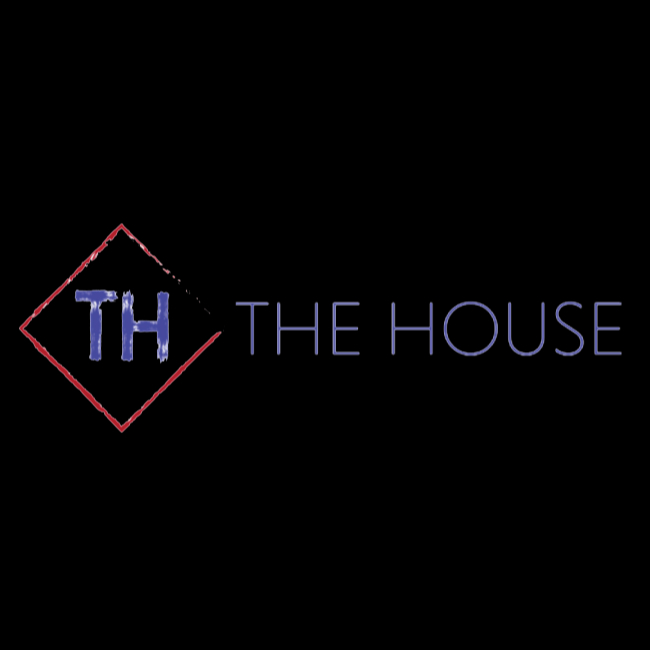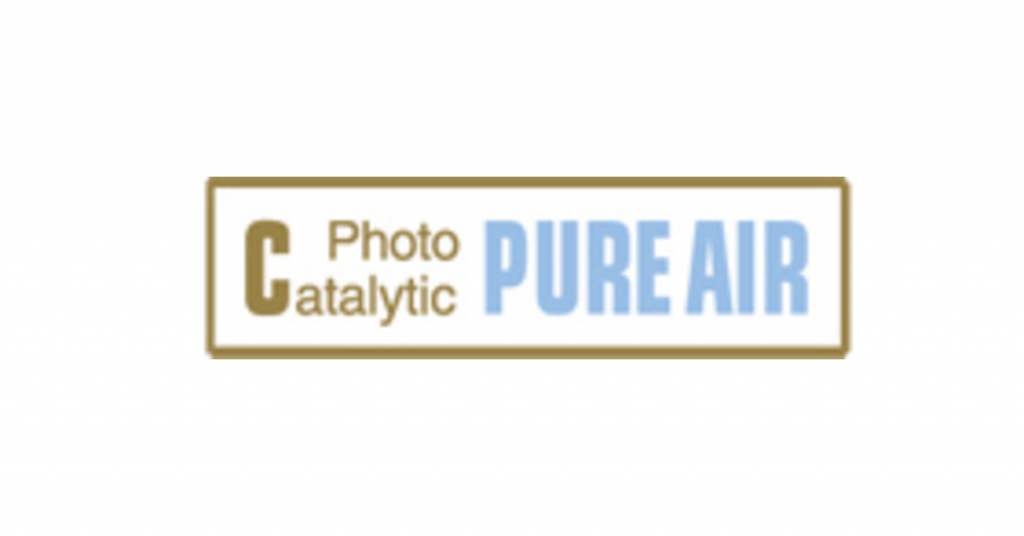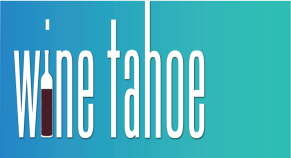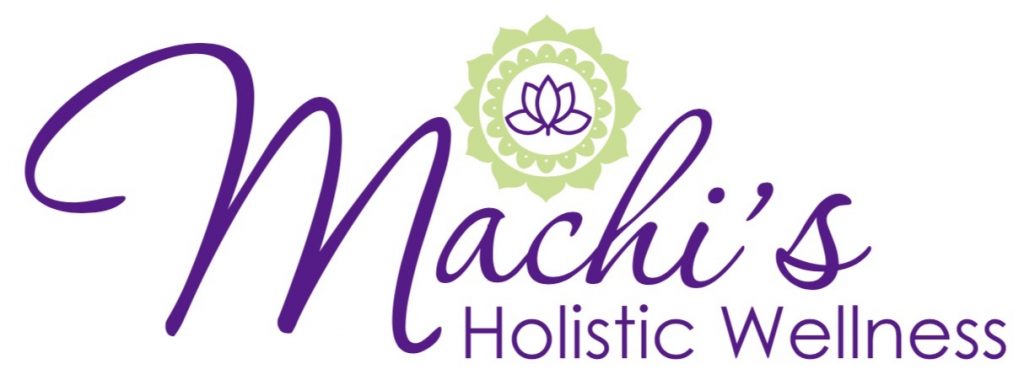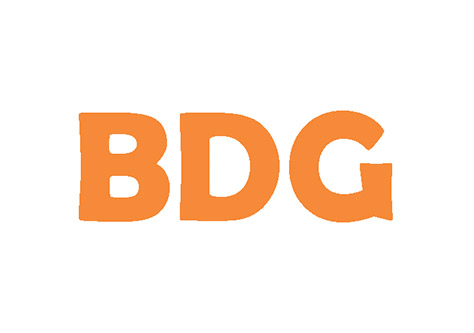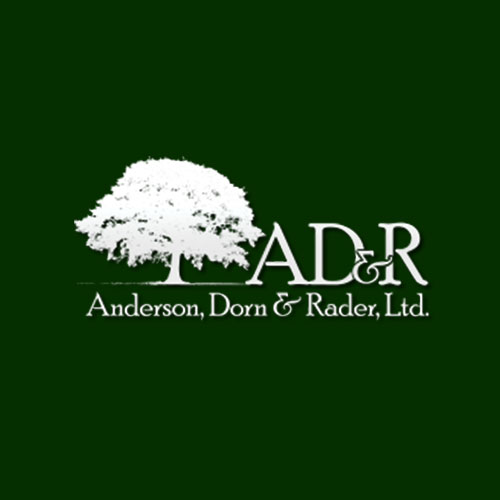Join Our 24/7 Virtual Receptionist Waitlist!
Our answering service is designed to enhance your professional image, lower the operating costs of your office staff, and free you up to grow your business while accommodating your office and client needs. If this sounds like something your company could benefit from, fill out the form below to be added to the waitlist and secure your spot that includes special pricing!
LET FRONT OFFICE STAFF- RENO BE YOUR ANSWER!
We are a family owned company in Nevada that prides itself on being the best.
Partner with us & save up to $30,000 a year!
Increase Productivity with Our Answering Service
Our answering service is designed to enhance your professional image, lower the operating costs of your office staff, and free you up to grow your business while accommodating your office and client needs. Fill out this form to receive a free quote & consultation!
Increase Productivity with Our Answering Service
Our answering service is designed to enhance your professional image, lower the operating costs of your office staff, and free you up to grow your business while accommodating your office and client needs. Fill out this form to receive a free quote & consultation!
Increase Productivity with Our Answering Service
Our answering service is designed to enhance your professional image, lower the operating costs of your office staff, and free you up to grow your business while accommodating your office and client needs. Fill out this form to receive a free quote & consultation!
LET FRONT OFFICE STAFF- RENO BE YOUR ANSWER!
We are a family owned company in Nevada that prides itself on being the best.
Partner with us & save up to $30,000 a year!
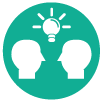
If you are exploring the possibility of using Front Office Staff-Reno’s Virtual Receptionist Service the first step is to meet with Rena Zatica, Co-owner/VP of Marketing & Sales. Rena will schedule time to meet with you in your office, at Front Office Staff-Reno’s office or via the phone. Rena will review with you the two basic contracts, pricing and the length of the setup process.

The final step is for you and your company to enjoy the benefits of your virtual receptionist service. Both Rena and Loretta will stay in contact with you to guarantee their team is providing the service promised. Whether you are a local client or across the U.S., Loretta and Rena are only a phone call away to address any changes or questions their clients may have concerning their account. Remember it is the goal of the entire Front Office Staff-Reno team to provide each and every client with a “Great First Impression.”
Loretta will send out a welcome letter with all of the details of your account, such as your assigned number to forward your business number to, how to retrieve voicemail messages, Front office Staff-Reno’s hours of operation and holiday schedule. Once Loretta has sent you the welcome letter, she will bill the credit card on file for your company.

Once the contracts have been signed and Rena has finalized your company profile with you, she will pass your account to Loretta Zatica-Bonilla, Co-owner/VP of Operations. Loretta will set up your billing account, program your company and team’s information into Front Office Staff-Reno’s elaborate phone and computer systems, and ensure it is properly tested. When testing, Loretta will request a response from everyone programmed into our systems to check the accuracy of programming and testing. This process takes five business days to complete.

Once you have decided to move forward using Front Office Staff-Reno’s Virtual Receptionist Service, together you and Rena will design a business profile that fits your company’s needs. Rena will gather information about your various departments, team members, how they like their calls handled and what type of messaging you prefer. Most importantly, Rena will explain how her team of receptionists will be trained on your company profile. This allows them to accomplish the friendly, professional and knowledgeable service you are purchasing.





